Kangaroo Island is an ecological wonderland; now half of it is burnt and survival hangs in the balance
“We could be facing economic collapse if we don’t have people coming through our doors and supporting us," a Kangaroo Island resident tells CNA's Jack Board.
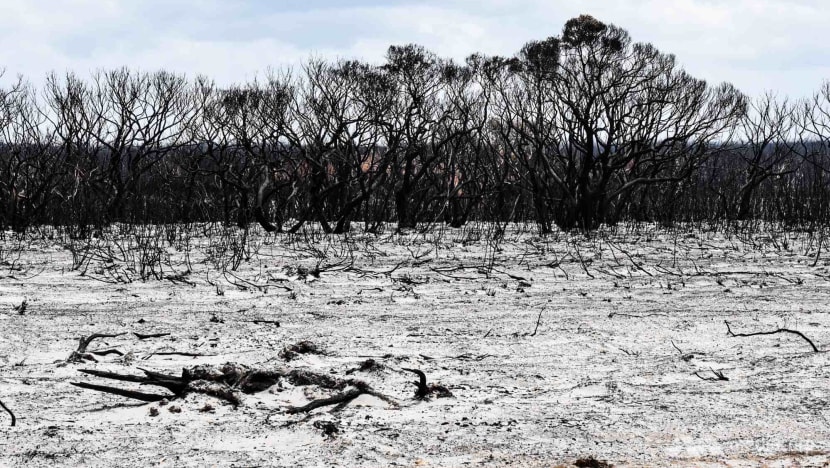
Australia suffered the worst bushfire season in recent memory in early 2020, following long periods of drought and intense heat (Photo: Jack Board)
KANGAROO ISLAND, Australia: The west end of Kangaroo Island could be another planet. Up to the horizon, a moonscape stretches out, scarred by fire and devoid of life.
Strong gusts are hurling white sand and ash across empty roads. There is no sound but the rough howl of the wind. It is a sad oddity in a place normally echoing with song and pulsating with colour. It has been left in a monotone state.
The Australian bush is as resilient as landscapes come. And this island has been a refuge, to delicate and unique wildlife and to its people.
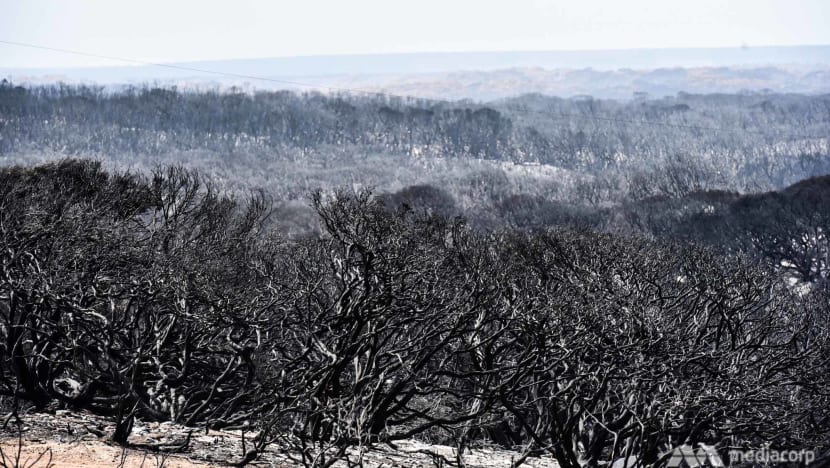
But these bushfires have cut Kangaroo Island in half. More than 210,000 hectares have been burnt, including some of its most pristine wilderness. Dozens of homes have succumbed to the flames, roads remain cut, tourists are gone and summer is not over.
Survival is everything now.
That struggle is playing out hour after hour at Kangaroo Island Wildlife Park, the makeshift centre for emergency animal care in the charred bush. Its owner Sam Mitchell thought he could handle about 15 more koalas in addition to the ones he already kept. “And now we’ve seen over 400,” he said.
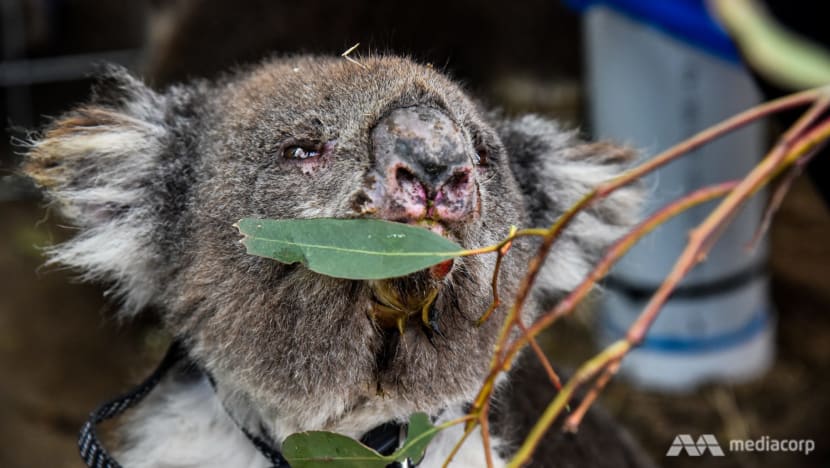
“We weren’t prepared for it but no one was. We’ve just been going flat out for two weeks and we’ve saved a lot of animals. But it’s not just going to blow over. This will be with us for a long time.”
Meantime, animal rescuers have documented finding charred corpses of animals every few metres as they traipsed across a smouldering fireground in search of survivors. The death toll is horrendous.
Those they came across were typically in a desperate state. Now, here is an urgent plea for volunteers to fly to the island to provide food, water and basic care to the animals left out there. Species that exist here and nowhere else on the planet are high on the priority list.
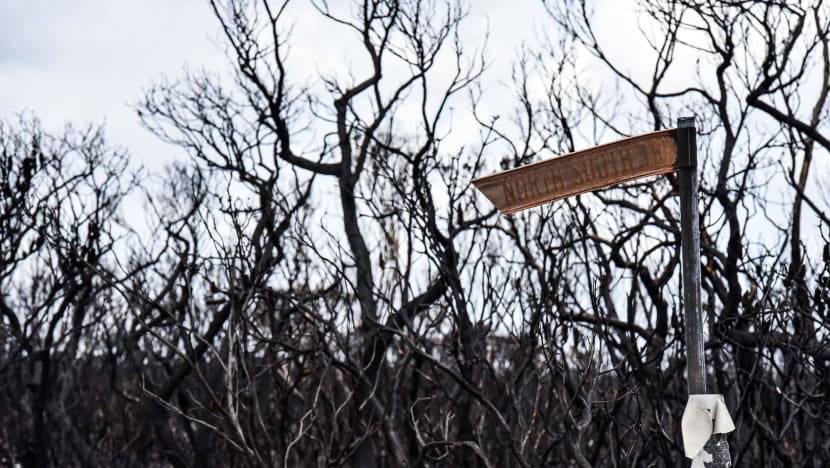
There are only 4,700 people living on Kangaroo Island. Wave after wave of this crisis has fallen over them over the past few weeks. Fatigue is every local’s companion by this point. And still they fear more is to come.
The island’s economy is strongly tilted towards agriculture and tourism. With damage done to infrastructure and reputation, both industries face long recoveries.
“We could be facing economic collapse if we don’t have people coming through our doors and supporting us. Then people will be letting staff go. And when staff go, they pack up, they leave, they take their skills with them,” said Leeza Irwin, the co-owner of Raptor Domain, a tourist and educational facility showcasing rescued birds of prey and reptiles.

“The things that Kangaroo Island are known for are still here. But for it to be still here, we need everybody to come and see us and we need them to support us,” she said.
Jim Geddes returned to see his accommodation buildings at Hanson Bay, overlooking a postcard beach, completely destroyed. At his adjoining wildlife sanctuary, a mass grave holds the bodies of some 800 dead animals. But he is still leaning on small pieces of wonder among the devastation.
“We still have 30 to 40 koalas, which are completely unscathed and untouched, sort of living just like they always had,” he said. “I just wish they could tell me where they sheltered during the storm. It’s just a miracle of nature.

“This has been a really tough time but the Australian bush bounces back really, really quickly. There are plenty of green shoots.”
The community’s bond has found new strengths during this saga. Out of love for one another and out of necessity.
The Western Districts Football Club was known as the “club in the scrub” before the fires surrounded their ground and facilities. As their flag blows in the billowing wind, there is little around them but blackened skeletons of that iconic bushland.
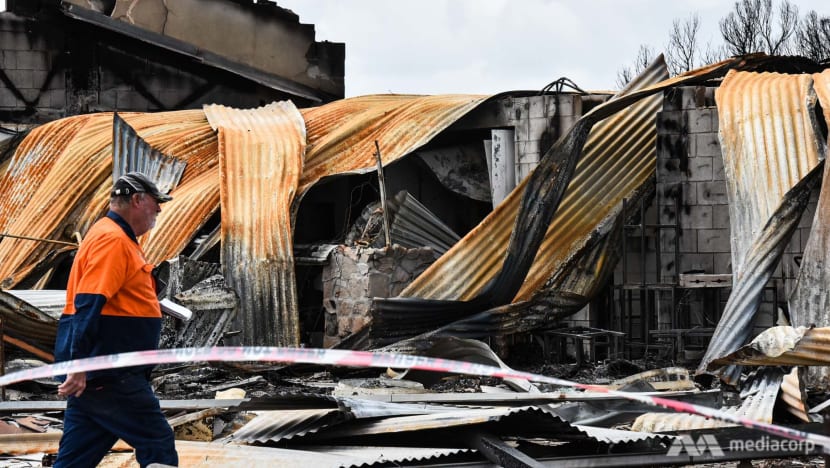
The clubhouse is gone but the support remains. The footy team’s changing rooms have become an emergency hub supporting locals who have lost plenty.
“The devastation that has come to the island was just unbelievable,” said Jade Hinton, who is managing the hub. “It’s just been a great place for people to come to, for their wellbeing too, just to be able to offload and talk about how things are going, to receive the support that they so desperately need.
“People need to rebuild their lives. They’ve lost everything. There are so many that have not only lost their home, they’ve lost their job. Yeah, it’s tough.”

Amid the cooperation, in the shadows division ripples as frustrations grow and blame gets directed. These are hot times, in emotion and in temperature. In 2019, South Australia experienced its driest year on record - 65 per cent less rain than average. Starving for water, the island became a tinderbox.
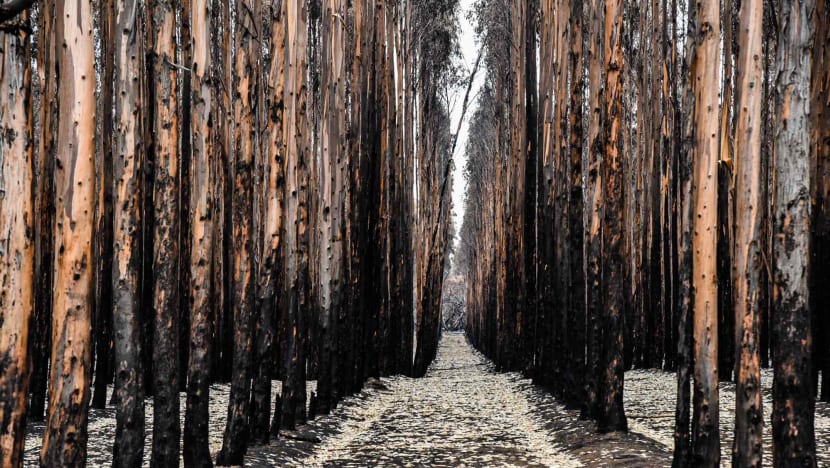
More green shoots will surely arrive soon. Not soon enough for an island parched of much that it needs to survive.














